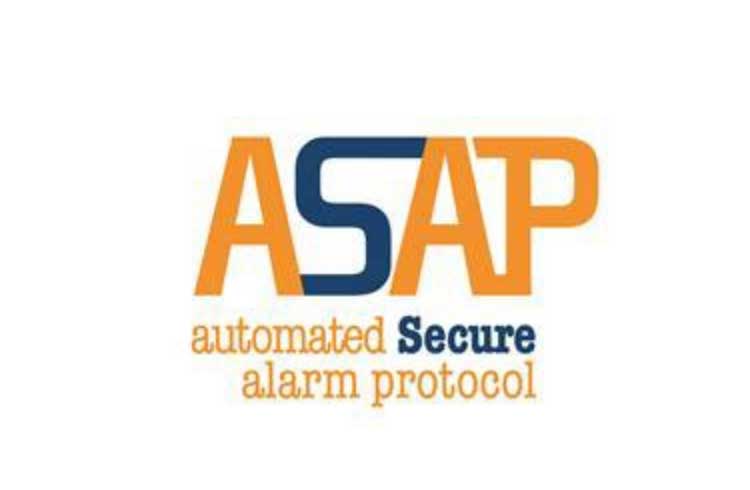Legislation
California Alarm Association Board of Directors Meeting – Governmental Affairs Committee Report
The Governmental Affairs Committee has been busy during 2023 monitoring bills that have been introduced in both the State Assembly and Senate. Life has returned to more of a normal operation within the halls of the Capitol, with offices being open for visits with the Members and their Staffs.
Read MoreIRS Suspends Processing of Employee Retention Credits
Like many business owners, you have been getting cards, letters, emails, phone calls, etc., about the Employee Retention Credit (ERC). I personally have received notices portending to be from the IRS, the Small Business Administration, even from my bank, letting me know that I “may qualify for a “grant of up to $26,000 per employee.” They…
Read MoreEGRS Provides End-Of-Session Update on 2023 Employment Legislation
The California Legislature closed out its work for the 2023 legislative session on the evening of September 14. While there were several areas of public policymaking that captured the Legislature’s attention this year, no issue dominated the legislative landscape in 2023 the way labor and employment policy did.
Read MoreCOVID-19 Temporary Flexibilities Form I-9, Employment Eligibility Verification, Will End July 31
In March 2020, U.S. Immigration and Customs Enforcement (ICE) introduced COVID-19 temporary flexibilities for Form I-9, Employment Eligibility Verification that allowed employers operating remotely to verify employee identity and employment authorization documents virtually
Read MoreCopyright Office Offers New Guidance for Registering Works Using AI-Generated Materials
Today (March 16, 2023), the U.S. Copyright Office issued a statement clarifying its practices for examining and registering works containing material generated through use of artificial intelligence (“AI”) technology.
Read MoreReversing Itself, Ninth Circuit Invalidates California’s Ban on Mandatory Employment Arbitration Agreements
In 2018, California passed a controversial law called AB-51 (now Labor Code Section 432.6) that prohibited California employers from requiring arbitration agreements as a condition of employment – on pain of jail time and civil penalties. AB-51 was immediately challenged and preliminarily enjoined under the Federal Arbitration Act (“FAA”), which was passed almost 100 years ago to combat judicial “hostility” towards arbitration and preempts any law that discriminates against arbitration agreements.
Read MoreCalifornia DOJ Approves Pilot of TMA’s Automated Secure Alarm Protocol
The Monitoring Association (TMA) welcomed its 119th Emergency Communications Center (ECC) in the United States and its first agency in the state of California to implement the Automated Secure Alarm Protocol (ASAP). The state of California became the 22nd state in the United States to participate in the ASAP program. Launched in 2011 as a public-private partnership, TMA’s ASAP service is designed to increase the accuracy and efficiency of calls for service from alarm companies to Emergency Communication Centers (ECCs).
Read MoreGuidance Regarding California Pay Scale Disclosure Requirements is Released
On December 27, 2022, the California Labor Commissioner’s Office released FAQ guidance (the “Guidance”) on California’s new pay transparency law (the “California Pay Transparency Law”) pay scale disclosure requirements.
Read MoreCalifornia Approves Bereavement Leave
California Governor Gavin Newson has approved and signed Assembly Bill (AB) 1949, an amendment to the California Family Rights Act (CFRA) that will take effect on January 1, 2023. AB 1949 now requires covered California employers to provide eligible employees with five days of unpaid bereavement leave for the death of a qualifying family member.
Read MoreCalifornia Enacts New Law Mandating Pay Range Disclosures In Job Listings
Is your company hiring? If so, it’s important to know that California has passed new requirements for job postings and important disclosures to applicants and employees.
Read More










